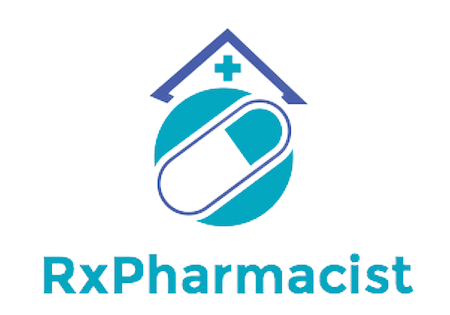The Compounding Conundrum of Personalized Medicine
It is no wonder personalized medicine has been taking a rise, after all the one size fits all approach seen in manufactured medicine cannot work for everyone. For patients with unique healthcare needs, compounding can be incredibly useful but the catch is these medications do not actually go through a traditional approval process. Why is that important? It means these medications and products have not been reviewed, studied, and evaluated by a third party regulatory entity such as the Food and Drug Administration (FDA).
Compounding is defined as the process of “combining, mixing, or altering ingredients to create medications tailored to the needs of an individual patient”.1 For example, a patient with allergies to certain ingredients in a medication such as a preservative or dye can receive a modified compounded form instead.1 Another example is a patient who may require an alternate dosage form such as a liquid as opposed to a tablet which is especially prominent in pediatric or geriatric populations.1
Access to compounding services are invaluable for some patients, however, vigilance is critically important in this particular field of practice. In the absence of FDA review and approval, guaranteeing the safety, efficacy and quality of these medications can be tricky… so tricky you might even call it a compounding conundrum. The interactable module below outlines common pharmaceutical ingredients used in compounding.3
In 2012, a Massachusetts pharmacy caused more than 750 infections and more than 60 fatalities across 20 states due to fungal contamination.2 This event would lead to passing of the Drug Quality and Security Act (DQSA) which was officially enacted the following year.2 A prior blog post of ours outlined the need for REMS programs and Why We Can’t Be Hasty When It Comes to Drug Safety, the same is particularly true here as patients can be placed in serious harms way when appropriate measures or precautions are not taken in compounding. The following links below assembled by the United States Pharmacopeial (USP) Convention are highly useful in better understanding appropriate standards for compounding and have been linked below for your convenience:
- Chapter <795> on Pharmaceutical Compounding of Nonsterile Preparations
- Chapter <797> on Pharmaceutical Compounding of Sterile Preparations
- Chapter <800> on Hazardous Drugs, Handling in Healthcare Settings
- Chapter <1160> on Pharmaceutical Calculations in Prescription Compounding
The FDA also provides a plethora of compounding guidance and resources found here as it is trying to gain a more involved approach given the recent deaths and news from a lack of quality assurance or sterility in compounded products causing patient harm. For example, there is a federal law that specifies a 5% limit on distribution for out of state drugs compounded by pharmacies and physicians under Section 503A of the FDCA. The FDA plans not to enforce this rule until after states sign and finalize the memorandum of understanding (MOU) as ultimately it is under the state jurisdiction and regulation to oversee compounding pharmacies.
References
- U.S. Food and Drug Administration. Compounding and the FDA: Questions and Answers. Accessed May 6, 2021. https://www.fda.gov/drugs/human-drug-compounding/compounding-and-fda-questions-and-answers.
- U.S. Food and Drug Administration. Compounding Laws and Policies. Accessed May 6, 2021. https://www.fda.gov/drugs/human-drug-compounding/compounding-and-fda-questions-and-answers.
- Ansel, HC, Loyd VA. Pharmaceutical Dosage Forms And Drug Delivery Systems. 10th ed. Lippincott-Williams & Wilkins; 2014.
The Compounding Conundrum of Personalized Medicine Read More »
